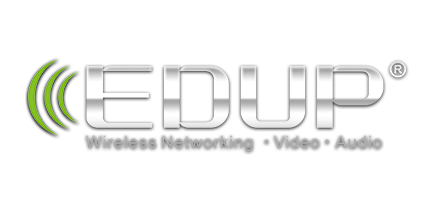In the heart of Ghana — in remote villages and rural schoolhouses tucked away from the hustle of city life — something remarkable is happening. Thanks to the Starlink initiative, more than 22,000 students across 85 schools now have access to reliable, high-speed internet. According to the official story, download speeds that were once under 5 Mbps have jumped to 200+ Mbps, opening up a world of online learning, collaboration and opportunity.
For years, many Ghanaian schools in places like the Volta, Oti, Eastern and Central Regions faced an uphill battle: inadequate infrastructure, weak or non-existent broadband, and few digital learning tools. In those environments, even simple tasks like streaming an educational video or accessing online resources were unreliable or impossible.
What this partnership did was bring in satellite-based connectivity to the rescue. The initiative—led by Starlink in collaboration with NGO partners like Our Future Prize—deployed internet kits, installed in schools, and gave them access to one-year service. Suddenly, students and teachers in hard-to-reach places could connect to international content, digital platforms, research tools and online communities.
The numbers tell the story. With download speeds skyrocketing from sub-5 Mbps up to 200+ Mbps, the difference is night and day. Schools that once struggled to load a page now stream lessons, pull in virtual content, enable live interaction and support teacher-led digital learning.
In practical terms, this means children—whether in junior secondary or high school—can now access courses in mathematics, English, digital literacy and more. Teachers can tap into digital libraries, online collaboration and even global best practices. One meaningful case: at a school for students with hearing and speech disabilities, the connectivity upgrade paved the way for inclusion, visual learning tools and richer educational experiences.
Access to high-speed internet isn’t just a convenience—it’s a game-changer for equity and future readiness. When students are connected:
-
They access up-to-date content, tools and curricula on par with urban peers.
-
They build digital confidence and skills that matter in the 21st-century workforce.
-
They expand their horizons—video lessons, remote dialogue, global information become part of their daily reality.
-
They shift from being users to being creators & explorers.
And for teachers and school leaders, the change means fewer excuses (“We couldn’t stream it”), and more possibilities to integrate digital pedagogy, flipped classrooms, blended learning and innovative approaches.
While 85 schools and 22,000 students is already an impressive foothold, the ambition is greater. The pilot model established in the Volta region—and extended to other regions—is now being positioned for scaling across Ghana and beyond.
Sustainability is key. The program’s next chapters involve training local technicians and school ICT coordinators, engaging community stakeholders (PTAs, District Assemblies, local funds) to ensure connectivity lasts beyond first-year subsidies. For students in underserved communities, that means reliable access no longer being a one-off treat but an ongoing part of their educational infrastructure.
When a student in a remote Ghanaian village logs on for the first time, and the lesson loads instantly, or when a teacher streams a global webinar and sees her students’ eyes light up, you’re witnessing something bigger than just “internet coming to a school.” You’re witnessing opportunity meeting access, potential meeting tools, dreams meeting connection. Starlink’s role in connecting 22,000+ students across 85 schools is more than a statistic—it’s a signal of transformation.
As digital infrastructure becomes less of a barrier, the real work begins: ensuring learners use it well, teachers lead with it strongly, and communities embrace it wholly. The journey from under-5 Mbps to over 200 Mbps is thrilling—because it stands for more than speed. It stands for equity, choice, learning, and a future that’s truly connected.













Leave a comment